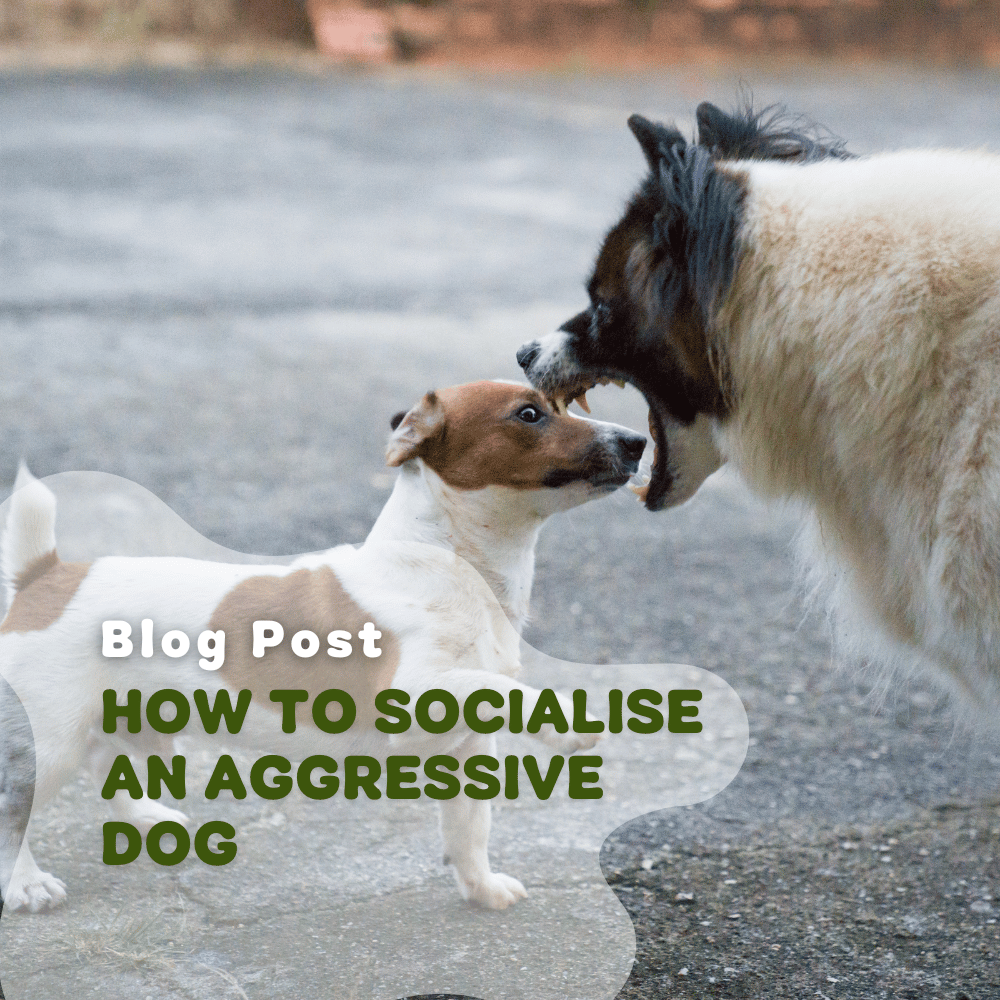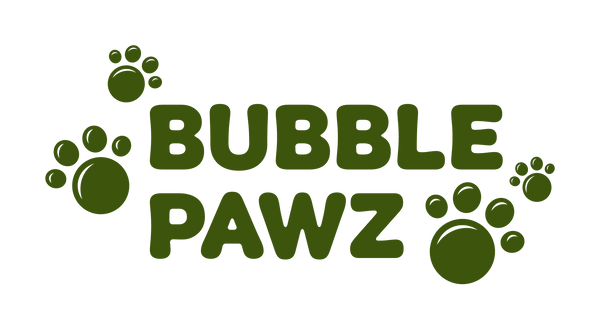
How to Socialise an Aggressive Dog
Share
How to Socialise an Aggressive Dog
Introduction
Aggressive dogs can be a challenge to handle, especially when it comes to interacting with other people and animals. However, in many cases, spending some time socialising your aggressive dog can really pay off and actually help with their aggressive traits. The good news is that with some patience, consistency and understanding, you can help your aggressive dog become more comfortable and relaxed around others. Here are some tips to help you socialise an aggressive dog.
Understand the Causes of Aggression
Before you can effectively address your dog’s aggression, it’s important to understand what’s causing it. Aggression can be caused by a variety of factors including fear, anxiety, poor training, and genetics. It’s important to take the time to identify the cause of aggression in order to create an effective plan for socialising your dog. Otherwise, you could be bringing in a lot of triggers that make socialisation more difficult.
Create a Positive Environment
Creating a positive environment is one of the most important steps in socialising an aggressive dog. This means ensuring that your dog feels safe, secure, and comfortable when it’s around other people and animals. This can be done by providing a safe space, such as a crate or a quiet room, and offering plenty of praise and rewards when your dog behaves appropriately.
Introduce Your Dog Gradually
When introducing your aggressive dog to other people and animals, it’s important to do it gradually. Start by introducing them to familiar people, such as family members, and slowly move on to introducing them to new people. When introducing your dog to other animals, start with animals that are familiar, such as those in the same household, and gradually move on to animals that are less familiar with.
Stay Calm and Consistent
When socialising an aggressive dog, it’s important to remain calm and consistent. This means avoiding yelling or scolding your dog and instead providing positive reinforcement when your dog behaves appropriately. It’s also important to remain consistent in your expectations and commands and to avoid changing your approach in order to avoid confusing your dog.
Keep Your Dog Calm
It’s easier said than done, but it’s important to try and keep your dog as calm as possible before socialising so they aren’t too agitated. There are lots of different ways to do this, such as tiring them out a little beforehand, giving them a nice doggy bath using soothing essential oils or starting out with smaller, less focused interactions.
Provide Plenty of Exercise
Exercise is an important part of socialising an aggressive dog. Exercise can help reduce a dog’s stress and anxiety, which can help them feel more comfortable around other people and animals. Exercise also helps to release energy, which can help reduce aggressive behaviours.
Seek Professional Help
If you’re having difficulty socialising your aggressive dog, it’s important to seek professional help. A qualified animal behaviourist or trainer can help you create an effective plan for socialising your dog and provide valuable advice on how to handle and manage your dog’s aggression.
Socialising an aggressive dog can be a challenging process, but with patience, consistency, and understanding, it is possible to help your dog become more comfortable and relaxed around others. By understanding the causes of aggression, creating a positive environment, introducing your dog gradually, staying calm and consistent, providing plenty of exercise and seeking professional help, you can help your aggressive dog become a better-socialised companion. Socialising aggressive dogs can be time-consuming, but it’s ultimately very rewarding for both the dog and the owner. So, to make sure you celebrate even the smallest victories when socialising your dog, head over to the Bubble Pawz store and find something to treat your pooch with after a job well done.
